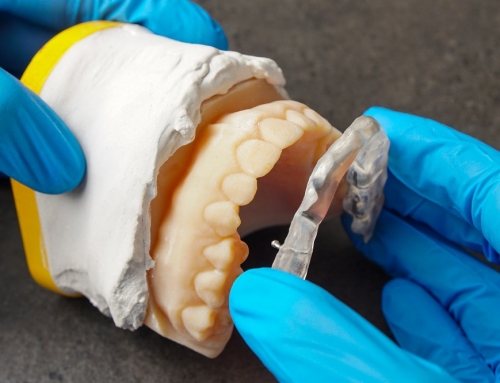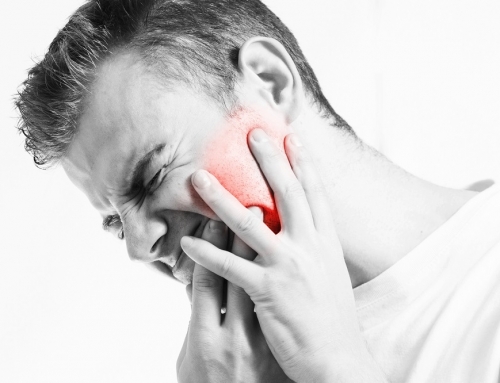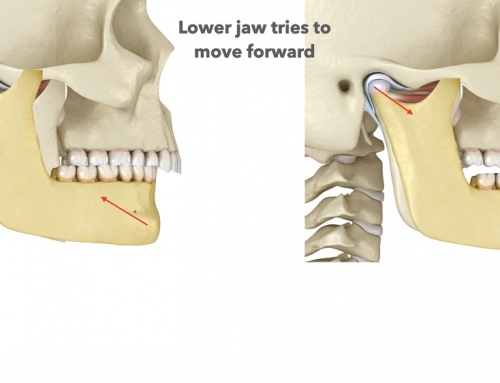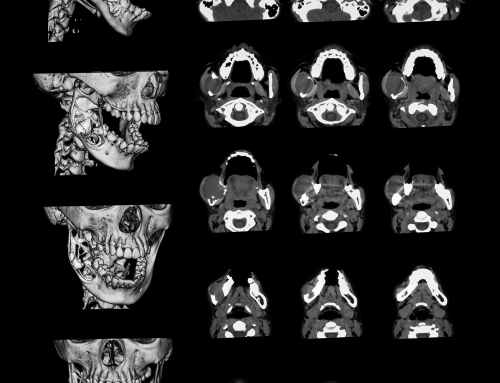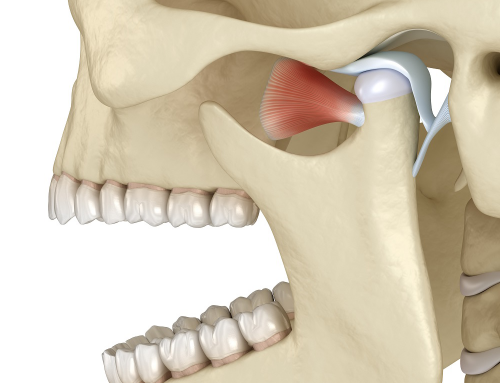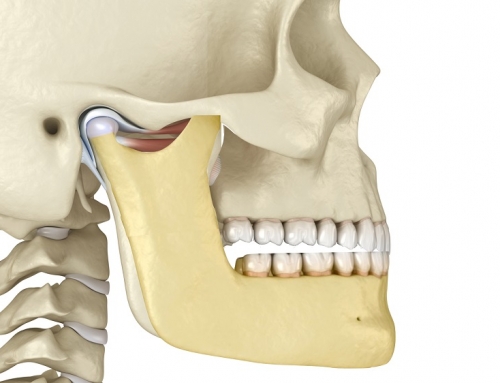A healthy jaw joint is free of pain. The presence of pain, as well as type, length of duration, quality (sharp or dull), triggers, and position all need to be assessed and evaluated in patients who are experiencing discomfort in the jaw joint or head and neck area. Pain can originate at in the source of the problem (pain directly in the problem area), for example pain in the jaw joint area caused by inflammation inside the joint capsule, or be referred to one or more areas in the face, head, neck and shoulders. Understanding the type of pain as well as its origin is key to a proper diagnosis and treatment.
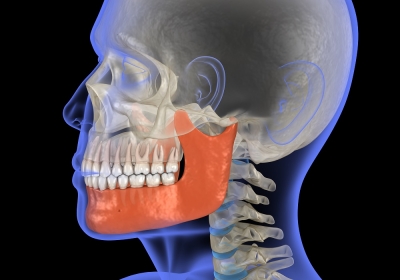
Pain on Palpation
Pain or tenderness on palpation of the jaw joint area can be a sign of inflammation of the joint, the capsule, or the tissue inside it. A condition called Capsulitis, inflammation of the jaw joint capsule, is often associated with tenderness in the TMJ area when there is limitation to the range of motion and absence of crepitus. This condition is often caused by over stretching of the jaw joint capsule due to wide yawning or dental procedures but can also occur due to trauma from chewing or malocclusion.
Pain or tenderness on palpation of a muscle associated with chewing or mandibular motion can be a muscle spasm due to over-activity, lack of release, or chronic flex from a retruded mandible. Myofacial pain and dysfunction is the most prevalent type of facial pain adar results from para-functional habits such as clenching or grinding. This type of pain is often exacerbated by psychogenic factors and can present as headache, fibromyalgia, back pain, irritable bower with stress, anxiety, and depression as key features.
Pain on palpation during a clench is most often muscle related but can also be odontogenic, so careful diagnosis is key to prevent unnecessary treatment that would not result in pain relief. Root canal therapy is often the first line of treatment when it comes to tooth pain, but if pain still persists, further investigation is needed in order to rule out neuralgia, TMD, muscle-related, and sinus issues.
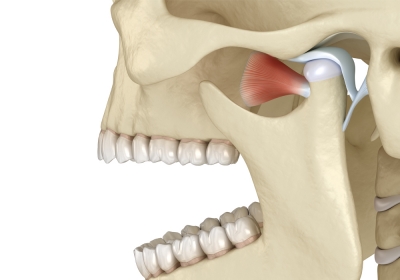 Pain on Opening or Closing
Pain on Opening or Closing
Pain or discomfort on opening or closing, especially if associated with limitation or deviation to the range of motion is an indication of an internal derangement in the Temporo-Mandibular Joint. If the range of maximum opening is less than 40mm inter-incisal, this is considered limited and should be investigated. In a limited opening type of restriction where the person cannot open past a certain point, this is most often due to the abnormal position of the articular disc resulting in mechanical interference and resulting restriction of the normal range of mandibular activity. This is known as Disc Displacement and if associated with a click or a pop, further referred to as Disc Displacement with Reduction, indicating that the disc ‘clicks back’ into its normal position when the jaw opens and closes. When no click or pop is heard or felt, this indicates a lack of ‘click back’ on and is referred to as Disc Displacement without Reduction.
Pain laterally or in the ear canal along with crepitus may be an indication of Osteoarthritis and if the patient has already been medically diagnosed with Rheumatoid Arthritis, then the most likely condition in the TMJ as well is that of Rheumatoid Arthritis and needs to be managed as such.
In most cases of pain in the TMJ area, additional imaging is needed to properly assess, diagnose, and treat the patient. This will often include a CBCT, MRI, or other types of imaging to understand the full complexity of the condition and its symptoms.

